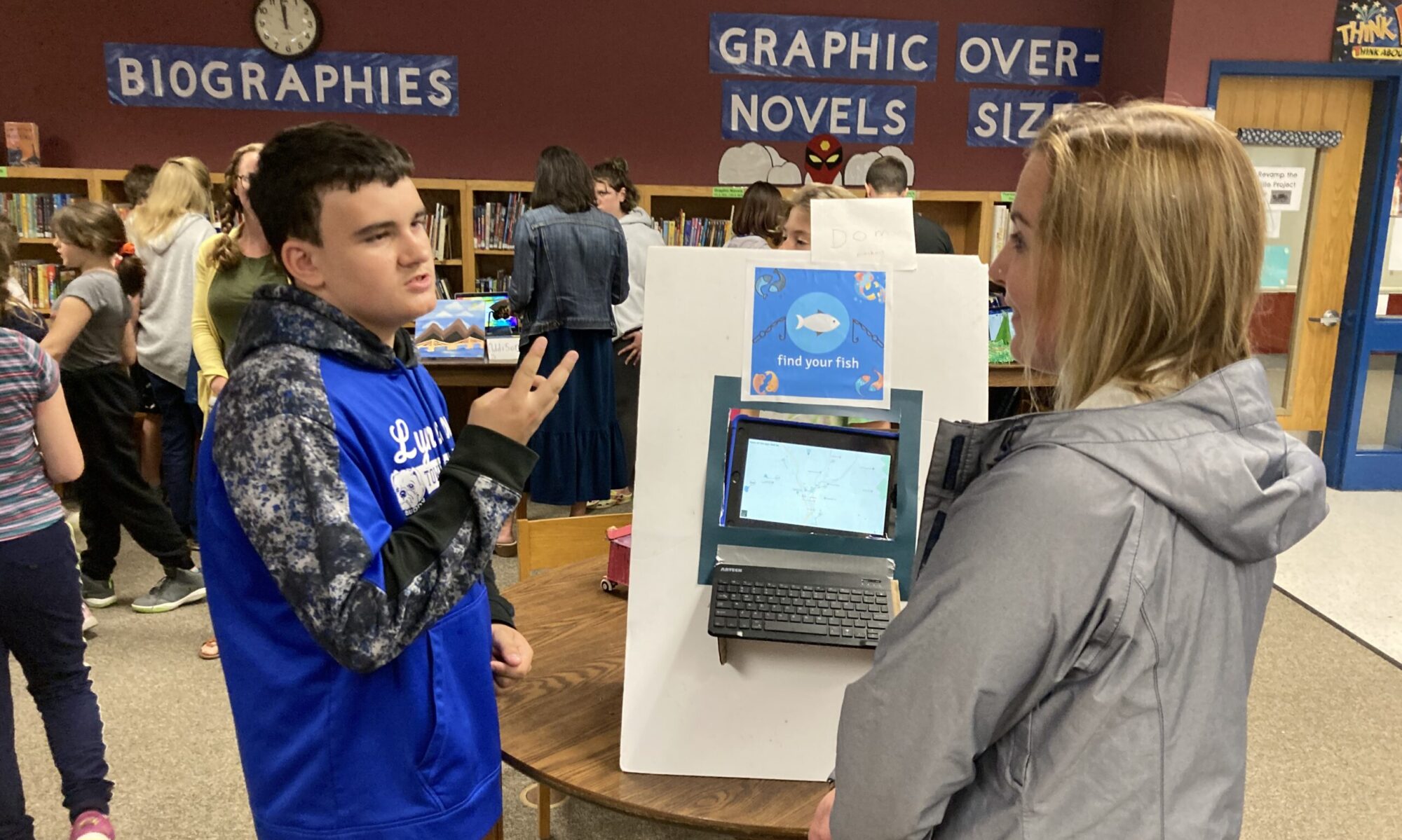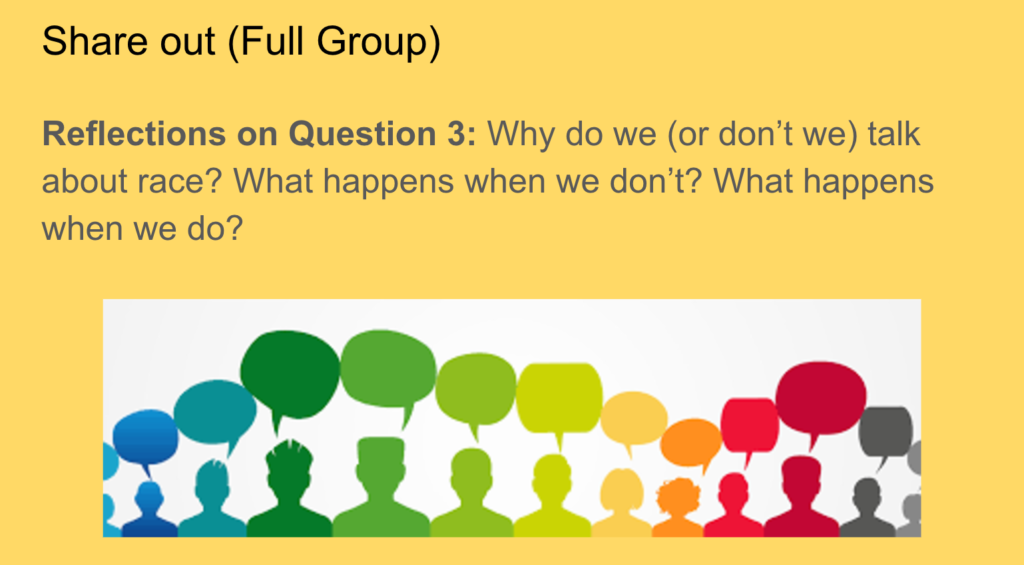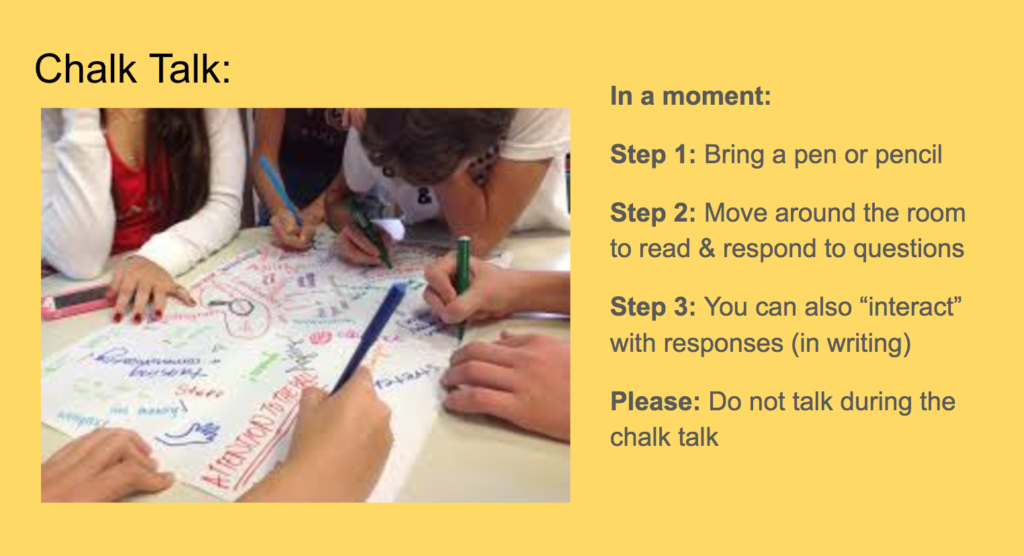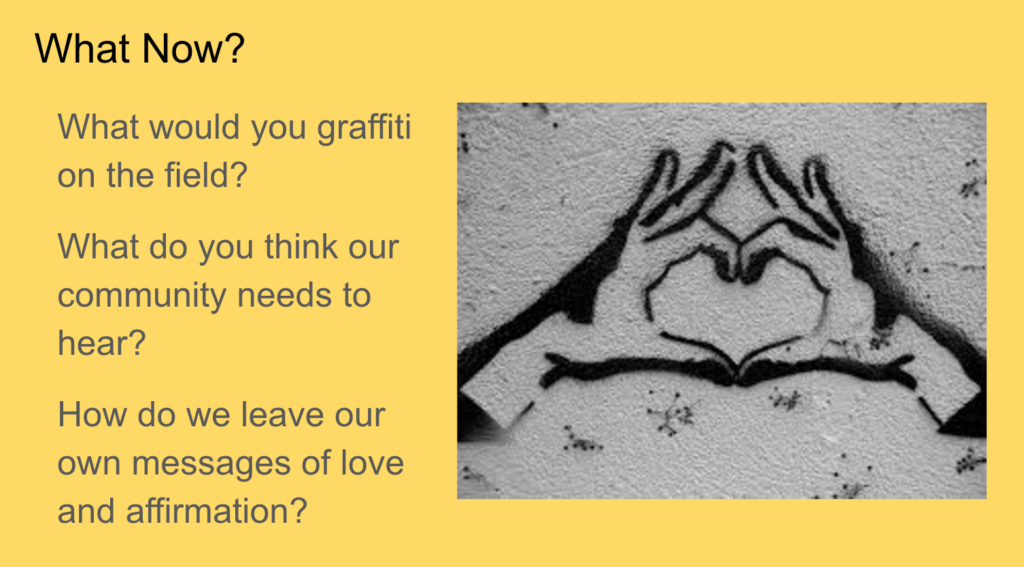How will your students prepare for active engagement in democracy?
 Last spring Christie Nold, a 6th grade teacher at Frederick H. Tuttle Middle School, was at Burlington’s Jazz Fest listening to student musicians when she got some disturbing news: someone had spray-painted racist hate speech on her school’s campus.
Last spring Christie Nold, a 6th grade teacher at Frederick H. Tuttle Middle School, was at Burlington’s Jazz Fest listening to student musicians when she got some disturbing news: someone had spray-painted racist hate speech on her school’s campus.
Overwhelmed by her own emotions, Nold also knew that she had to find a way to help her students deal with their own understandings and emotions about the graffiti. Like Christie, many teachers are wondering how to address a recent rise in racism and white supremacy.
After the events in Charlottesville educators across Vermont reached out to Vermont Secretary of Education Rebecca Holcombe asking for guidance. Holcombe issued a memorandum with clear implications:
“As Americans, we have an obligation to protect the rights of all of us to disagree. However, we have an equal obligation to denounce any group that has as its core purpose the silencing or subjugation of others on the basis of their sex, sexual orientation, gender identity, marital status, race, color, religion, national origin, immigration status, age, or disability.”
https://twitter.com/pburkevt/status/898652721892511745
Secretary Holcombe’s memo signals not just permission to discuss current events in Vermont classrooms, but our obligation to do so:
“Don’t be afraid to tackle hard issues: your students are already marinating in them through family conversations, social media and the press. Current events are the substance of democracy, and avoiding them makes education irrelevant. Instead, teach your students to question and think critically, to listen and hear those with whom they disagree, to engage in civil discourse. Questioning our individual implicit biases and assumptions is uncomfortable, but it moves us all towards that more perfect union to which we aspire.”
So, how do we begin to have these courageous conversations with our students?
Christie Nold began by turning to her Twitter #PLN.
With their assistance, she crafted a plan to help her students process and deal with the hate speech in their own backyard.
Let’s back up a little.
Christie is quick to point out that asking students to participate in conversations about hate speech was only possible because of the work they had engaged in all year. Tuttle MS sixth graders had been working hard to build community. As a class, they had created classroom agreements.
@FHTuttleMS student agreements (our classroom constitution) are up! pic.twitter.com/deEdmSUgHj
— Christie Nold (@ChristieNold) September 20, 2016
They had practiced Socratic Seminars as a way to have thoughtful conversations.
Socratic seminar using @Newsela voting rights article on Halloween for the win! pic.twitter.com/fsJnlmCfca
— Christie Nold (@ChristieNold) October 31, 2016
And they were using restorative justice circles to resolve conflicts. These practices created conditions that made it possible for students to thoughtfully and civilly discuss the hate speech on their campus.
The plan for addressing hate speech in their own backyard
After a warm-up exercise, Christie’s sixth grade students broke into pairs to explore some increasingly tough questions:
- Question 1: What are you most proud of? Why?
- Question 2: Describe a time when someone has misjudged you.
- Question 3: When did you have your first conversation about race? How often do you talk about race? With whom do you talk about race?
Then the entire class had a discussion addressing this reflective prompt:
Next students read some articles about hate speech: one specific to the South Burlington School graffiti and the other about racial slurs painted on LeBron James home.
So. Burlington school vandalized with racist graffiti – Superintendent: racist graffiti found at So. Burlington… https://t.co/lPUTDC1nkh
— BurlingtonFreePress (@bfp_news) June 6, 2017
With these articles in mind, students engaged in a Chalk Talk.
Christie posted the students “conversations” in the hallway, along with copies of the two articles, even though it felt risky.
The risk paid off. Says Nold, “Working in a middle school, it’s a little intimidating to have a chalk talk public in the hall, it opened me up to be really vulnerable. I was not sure what would happen for those who didn’t have the lesson. There was a need for these conversations- students were willing to read the articles and add to the conversation, even though they had to do it on their own time in the hallway.”
After reflecting on their new learning and on the Chalk Talk, students were challenged to come up with a response.
They decided to cover up hateful messages with helpful ones. Sixth graders created posters to line the hallways and the fence around the turf, sharing messages of community and welcome that set an entirely different tone. Christie’s students felt triumphant, and the entire community was lifted by their affirming messages.
The future is bright. Moved by the thoughtful reflections of our students & caring messages they wrote to our community. pic.twitter.com/6eDEmPkE3n
— Christie Nold (@ChristieNold) June 8, 2017
How do we create spaces where students can show up, be vulnerable, and be courageous in conversations?
Christie suggests the following:
- Build community: Inside the school and outside in the larger community, get to know one another and the place you share.
- Create norms or agreements: decide together how you will behave when you are together. What does it look like when you aspire to your best selves?
- Make sure that all of your students are seen and validated in your curriculum. Are all of your students represented in the books you read, the subjects you study, and the images on your walls?
Christie Nold describes her students as her “thinking partners” and together they create safe spaces for talking about tough topics.
Here are some more resources you might use to have courageous and thoughtful conversations with your students and to help them practice active engagement in community so they are prepared for active engagement in democracy:
- Resources for Talking About Race in Vermont Schools – a crowdsourced document for and by Vermont educators.
- What White Children Need to Know About Race
- Confronting Racism at an Early Age





One Reply to “The #everydaycourage of talking about race in Vermont schools”
Comments are closed.